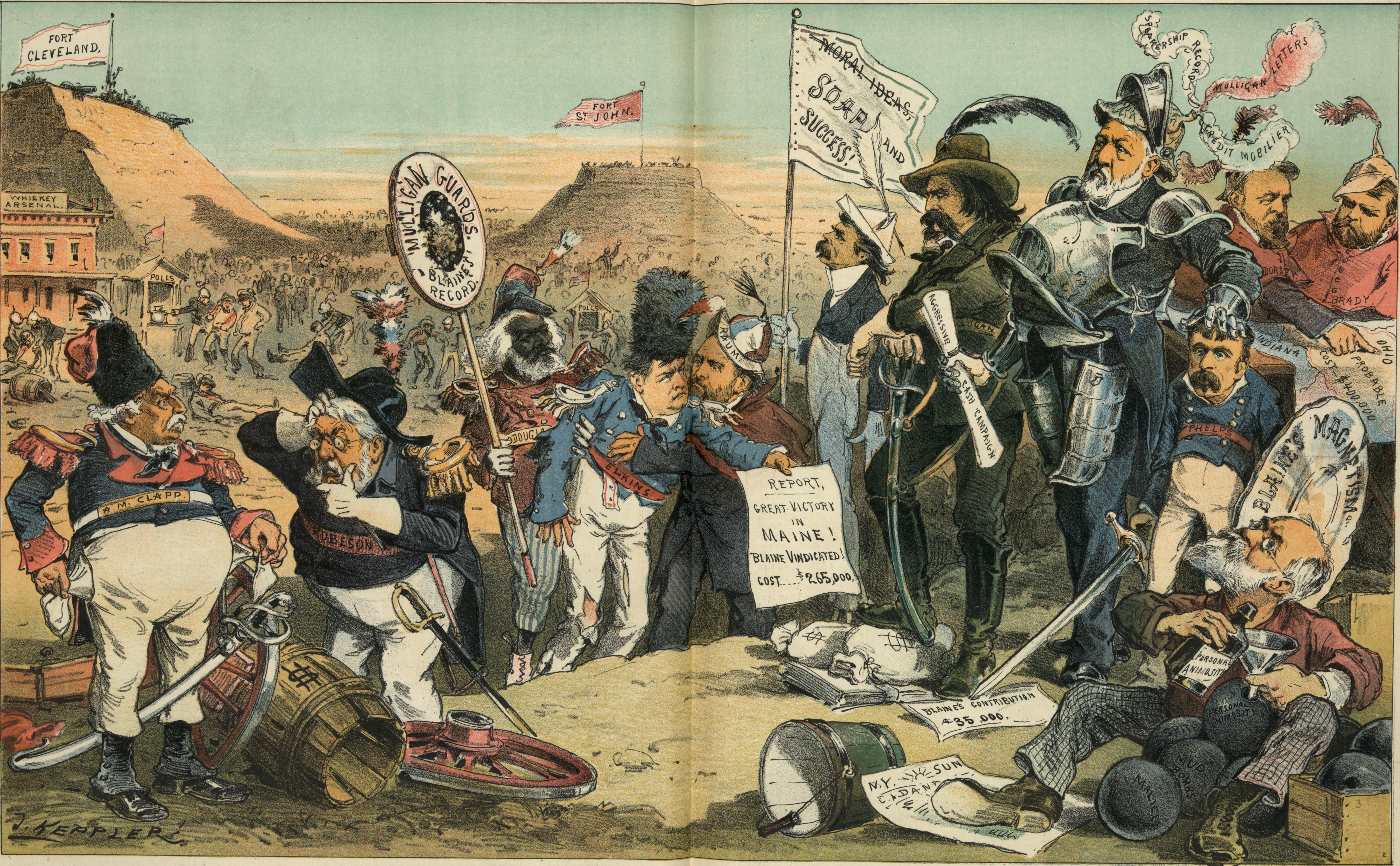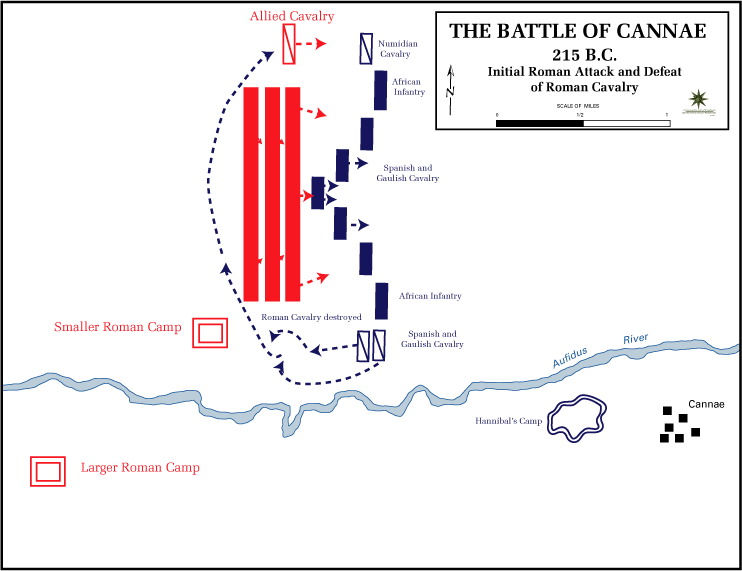|
List Of Military Strategies
This article is a list of military strategies and concepts that are commonly recognized and referenced. Military strategies are methods of arranging and maneuvering large bodies of military forces during armed conflicts. Concepts Economic concepts * Salaries – Always pay your troops on time. * Asymmetric costs – ensure the cost of enemy losses (or objectives) is at least an order of magnitude higher than the costs of attacking. * Budget like a business – Ensure there is sufficient funds and revenue streams to finish the war. Strategic concepts * Center of gravity (military) – The hub of all power and movement on which everything depends, the point at which all energies should be directed * Culminating point – The point at which a military force is no longer able to perform its operations * Decisive point – A geographic place, specific key event, critical system, or function that allows commanders to gain a marked advantage over an enemy and greatly influence the o ... [...More Info...] [...Related Items...] OR: [Wikipedia] [Google] [Baidu] |
Military Strategy
Military strategy is a set of ideas implemented by military organizations to pursue desired strategic goals. Derived from the Greek word ''strategos'', the term strategy, when it appeared in use during the 18th century, was seen in its narrow sense as the "art of the general", or "'the art of arrangement" of troops. Military strategy deals with the planning and conduct of campaigns, the movement and disposition of forces, and the deception of the enemy. The father of Western modern strategic studies, Carl von Clausewitz (1780–1831), defined military strategy as "the employment of battles to gain the end of war." B. H. Liddell Hart's definition put less emphasis on battles, defining strategy as "the art of distributing and applying military means to fulfill the ends of policy". Hence, both gave the pre-eminence to political aims over military goals. Sun Tzu (544–496 BC) is often considered as the father of Eastern military strategy and greatly influenced Chinese, Japanese ... [...More Info...] [...Related Items...] OR: [Wikipedia] [Google] [Baidu] |
Casualties
A casualty, as a term in military usage, is a person in military service, combatant or non-combatant, who becomes unavailable for duty due to any of several circumstances, including death, injury, illness, capture or desertion. In civilian usage, a casualty is a person who is killed, wounded or incapacitated by some event; the term is usually used to describe multiple deaths and injuries due to violent incidents or disasters. It is sometimes misunderstood to mean "fatalities", but non-fatal injuries are also casualties. Military usage In military usage, a ' is a person in service killed in action, killed by disease, diseased, disabled by injuries, disabled by psychological trauma, captured, deserted, or missing, but not someone who sustains injuries which do not prevent them from fighting. Any casualty is no longer available for the immediate battle or campaign, the major consideration in combat; the number of casualties is simply the number of members of a unit who are not ... [...More Info...] [...Related Items...] OR: [Wikipedia] [Google] [Baidu] |
Military Administration
Military administration identifies both the techniques and systems used by military departments, agencies, and armed services involved in managing the armed forces. It describes the processes that take place within military organisations outside combat, particularly in managing military personnel, their training, and services they are provided with as part of their military service. In many ways military administration serves the same role as public administration in the civil society, and is often cited as a source of bureaucracy in the government as a whole. Given the wide area of application, military administration is often qualified by specific areas of application within the military, such as logistics administration, administration of doctrine Doctrine (from la, Wikt:doctrina, doctrina, meaning "teaching, instruction") is a codification (law), codification of beliefs or a body of teacher, teachings or instructions, taught principles or positions, as the essence of teac ... [...More Info...] [...Related Items...] OR: [Wikipedia] [Google] [Baidu] |
Military District
Military districts (also called military regions) are formations of a state's armed forces (often of the Army) which are responsible for a certain area of territory. They are often more responsible for administrative than operational matters, and in countries with conscript forces, often handle parts of the conscription cycle. Navies have also used a similar model, with organizations such as the United States Naval Districts. A number of navies in South America used naval districts at various points in time. Algeria Algeria is divided into six numbered military regions, each with headquarters located in a principal city or town (see People's National Army (Algeria)#Military regions). This system of territorial organization, adopted shortly after independence, grew out of the wartime wilaya structure and the postwar necessity of subduing antigovernment insurgencies that were based in the various regions. Regional commanders control and administer bases, logistics, and housing, ... [...More Info...] [...Related Items...] OR: [Wikipedia] [Google] [Baidu] |
Pyrrhic Victory
A Pyrrhic victory ( ) is a victory that inflicts such a devastating toll on the victor that it is tantamount to defeat. Such a victory negates any true sense of achievement or damages long-term progress. The phrase originates from a quote from Pyrrhus of Epirus, whose triumph against the Romans in the Battle of Asculum in 279 BC destroyed much of his forces, forcing the end of his campaign. Etymology ''Pyrrhic victory'' is named after King Pyrrhus of Epirus, whose army suffered irreplaceable casualties in defeating the Romans at the Battle of Heraclea in 280 BC and the Battle of Asculum in 279 BC, during the Pyrrhic War. After the latter battle, Plutarch relates in a report by Dionysius: In both Epirote victories, the Romans suffered greater casualties but they had a much larger pool of replacements, so the casualties had less impact on the Roman war effort than the losses of King Pyrrhus. The report is often quoted as or Examples War This list comprises examples ... [...More Info...] [...Related Items...] OR: [Wikipedia] [Google] [Baidu] |
Quintus Fabius Maximus Verrucosus
Quintus Fabius Maximus Verrucosus, surnamed Cunctator ( 280 – 203 BC), was a Roman statesman and general of the third century BC. He was consul five times (233, 228, 215, 214, and 209 BC) and was appointed dictator in 221 and 217 BC. He was censor in 230 BC. His agnomen, ''Cunctator'', usually translated as "the delayer", refers to the strategy that he employed against Hannibal's forces during the Second Punic War. Facing an outstanding commander with superior numbers, he pursued a then-novel strategy of targeting the enemy's supply lines, and accepting only smaller engagements on favourable ground, rather than risking his entire army on direct confrontation with Hannibal himself. As a result, he is regarded as the originator of many tactics used in guerrilla warfare. Beginnings Born at Rome c. 280 BC, Fabius was a descendant of the ancient patrician Fabia gens. He was the son or grandson of Quintus Fabius Maximus Gurges, three times consul and '' princeps senatus'', ... [...More Info...] [...Related Items...] OR: [Wikipedia] [Google] [Baidu] |
Frontal Assault
The military tactic of frontal assault is a direct, full-force attack on the front line of an enemy force, rather than to the flanks or rear of the enemy. It allows for a quick and decisive victory, but at the cost of subjecting the attackers to the maximum defensive power of the enemy; this can make frontal assaults costly even if successful, and often disastrously costly if unsuccessful. It may be used as a last resort when time, terrain, limited command control, or low troop quality do not allow for any battlefield flexibility. The risks of a frontal assault can be mitigated by the use of heavy supporting fire, diversionary attacks, the use of cover (such as smokescreens or the darkness of night), or infiltration tactics. Frontal assaults were common in ancient warfare, where heavy infantry made up the core of armies such as the Greek phalanx and the Roman legion. These dense formations, many ranks deep, would utilize their weight in numbers to press forward and break enemy lin ... [...More Info...] [...Related Items...] OR: [Wikipedia] [Google] [Baidu] |
Pitched Battle
A pitched battle or set-piece battle is a battle in which opposing forces each anticipate the setting of the battle, and each chooses to commit to it. Either side may have the option to disengage before the battle starts or shortly thereafter. A pitched battle is not a chance encounter such as a meeting engagement, or where one side is forced to fight at a time not of its choosing such as happens in a siege or an ambush. Pitched battles are usually carefully planned, to maximize one's strengths against an opponent's weaknesses, and use a full range of deceptions, feints, and other manoeuvres. They are also planned to take advantage of terrain favourable to one's force. Forces strong in cavalry for example will not select swamp, forest, or mountain terrain for the planned struggle. For example, Ancient Carthage, Carthaginian general Hannibal selected relatively flat ground near the village of Cannae for his great confrontation with the Romans, not the rocky terrain of the high Apen ... [...More Info...] [...Related Items...] OR: [Wikipedia] [Google] [Baidu] |
Feint
Feint is a French term that entered English via the discipline of swordsmanship and fencing. Feints are maneuvers designed to distract or mislead, done by giving the impression that a certain maneuver will take place, while in fact another, or even none, will. In military tactics and many types of combat, there are two types of feints: feint attacks and feint retreats. Attacks A feint attack is designed to draw defensive action towards the point under assault. It is usually used as a diversion to force the enemy to concentrate more manpower in a given area, to weaken the opposing force in another area. Unlike a related diversionary maneuver, the demonstration, a feint involves actual contact with the enemy. Retreats A feint retreat, or feigned retreat, is performed by briefly engaging the enemy, then retreating. It is intended to draw the enemy pursuit into a prepared ambush, or to cause disarray. For example, the Battle of Hastings was lost when Saxons pursued the Norman c ... [...More Info...] [...Related Items...] OR: [Wikipedia] [Google] [Baidu] |
Attrition Warfare
Attrition warfare is a military strategy consisting of belligerent attempts to win a war by wearing down the enemy to the point of collapse through continuous losses in personnel and materiel. The word ''attrition'' comes from the Latin root , meaning "to rub against", similar to the "grinding down" of the opponent's forces in attrition warfare. Strategic considerations Attrition warfare represents an attempt to grind down an opponent's ability to make war by destroying their military resources by any means including guerrilla warfare, people's war, scorched earth and all kind of battles apart from a decisive battle. Attrition warfare does not include all kinds of Blitzkrieg or using concentration of force and a decisive battle to win. The side that reinforces their army at a higher speed will normally win the war. Clausewitz called it the exhaustion of the adversary. A side that perceives itself to be at a marked disadvantage may deliberately seek out attrition warfare to ... [...More Info...] [...Related Items...] OR: [Wikipedia] [Google] [Baidu] |
Fabian Strategy
The Fabian strategy is a military strategy where pitched battles and frontal assaults are avoided in favor of wearing down an opponent through a war of attrition and indirection. While avoiding decisive battles, the side employing this strategy harasses its enemy through skirmishes to cause attrition, disrupt supply and affect morale. Employment of this strategy implies that the side adopting this strategy believes time is on its side, usually because the side employing the strategy is fighting in, or close to, their homeland and the enemy is far from home and by necessity has long and costly supply lines. It may also be adopted when no feasible alternative strategy can be devised. Rome versus Carthage: The Second Punic War This strategy derives its name from Quintus Fabius Maximus Verrucosus, the dictator of the Roman Republic given the task of defeating the great Carthaginian general Hannibal in southern Italy during the Second Punic War (218–201 BC). At the start of ... [...More Info...] [...Related Items...] OR: [Wikipedia] [Google] [Baidu] |
Building
A building, or edifice, is an enclosed structure with a roof and walls standing more or less permanently in one place, such as a house or factory (although there's also portable buildings). Buildings come in a variety of sizes, shapes, and functions, and have been adapted throughout history for a wide number of factors, from building materials available, to weather conditions, land prices, ground conditions, specific uses, monument, prestige, and aesthetic reasons. To better understand the term ''building'' compare the list of nonbuilding structures. Buildings serve several societal needs – primarily as shelter from weather, security, living space, privacy, to store belongings, and to comfortably live and work. A building as a shelter represents a physical division of the :Human habitats, human habitat (a place of comfort and safety) and the ''outside'' (a place that at times may be harsh and harmful). Ever since the first cave paintings, buildings have also become objects or ... [...More Info...] [...Related Items...] OR: [Wikipedia] [Google] [Baidu] |





.gif)
.jpg)
